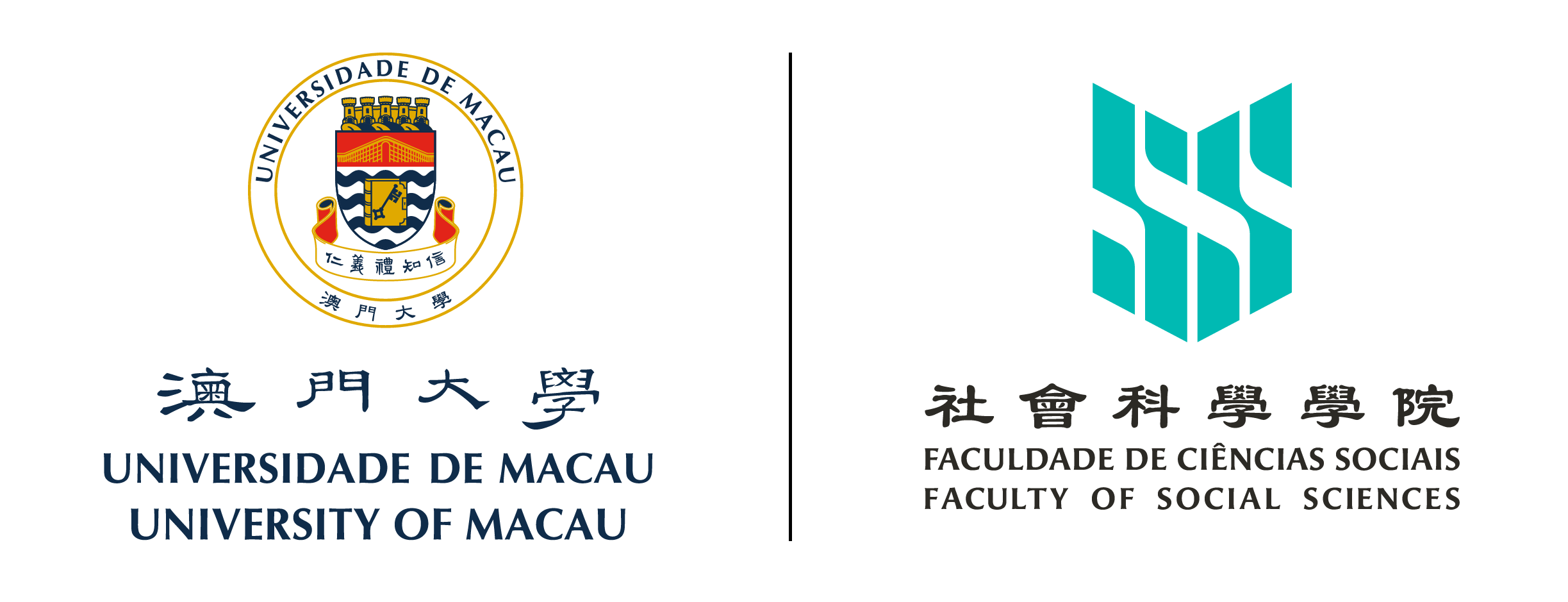
Affiliation
garywong@um.edu.mo
Tel
+853 8822 8956
Office
Room 3035, Humanities and Social Sciences Building
University of Macau, E21B
Avenida da Universidade,Taipa, Macau, China
Consultation Hours
Personal Website
Gary Ka Kei WONG 黃嘉基
Associate Professor
Academic Qualifications
Ph.D in Econometrics & Business Statistics, Monash University, May 2000
Master of Social Science in Economics, National University of Singapore, October 1996
Bachelor of Arts (Honours) in Economics, York University (Canada), July 1993
Research Interests
Applied Demand Analysis, Intertemporal Demand Systems and Applied Trade Models
Teaching Areas
- Principles of Economics (undergraduate)
- Introductory Mathematical Economics (undergraduate)
- Introductory Statistics (undergraduate)
- Labour Economics (undergraduate)
- Financial Microeconomics (undergraduate)
- Microeconomics (graduate & undergraduate)
- Econometrics (undergraduate)
- Time Series and Forecasting (undergraduate)
- Applied Econometrics (graduate & undergraduate)
- Advanced Microeconomics (undergraduate)
- Industrial Economics (graduate & undergraduate)
Publications
Refereed Journals
Cooper RJ, KR McLaren, and Wong, K. K. (2001) On the Empirical Exploitation of Consumers’ Profit Functions in Static Analyses. Economics Letters Vol 72 181-187.
DOI: https://doi.org/10.1016/s0165-1765(01)00435-9
Wong, K.K. (2004) A New Approach to Modelling GNP Functions: An Application of Two-Stage technologies and Modifying Function Approach. Australian Economic Papers Vol 43 315-339.
DOI: https://doi.org/10.1111/j.1467-8454.2004.00233.x
Wong, K. K. and KR McLaren. (2005) Specification and Estimation of Inverse Demand Systems: A Distance Function Approach. American Journal of Agricultural Economics, Vol 87 823-834.
DOI: https://doi.org/10.1111/j.1467-8276.2005.00772.x
Wong, K. K. and HJ Park. (2007) The Use of Conditional Cost Function to Generate Estimable Mixed Demand Systems. American Journal of Agricultural Economics, Vol 89 273-286.
DOI: https://doi.org/10.2307/4492810
McLaren & Wong. K. K. (2009) Effective Global Regularity and Empirical Modeling of Direct, Inverse and Mixed Demand Systems. Canadian Journal of Economics, Vol 42 749-770.
DOI: https://doi.org/10.1111/j.1540-5982.2009.01526.x
McLaren & Wong. K. K. (2009) The Benefit Function Approach to Modeling Marshallian and Hicksian Inverse Demand Systems: An Application of Duality Theory. American Journal of Agricultural Economics.
DOI: https://doi.org/10.1111/j.1467-8276.2009.01318.x
Wong, K. K. (2013) An Empirical Investigation of the Trade Benefit Function, Economics Letters, Vol 119, 150-153.
DOI: https://doi.org/10.1016/j.econlet.2013.01.008
Wong, K. K. (2013) Trade Distance Functions and the Derivation of Inverse Demand for Imports, Applied Economics, Vol 45 (29), 4160-4168.
DOI: https://doi.org/10.1080/00036846.2013.767979
Kim, McLaren & Wong. K. K. (2013) Empirical Demand Systems Incorporating Intertemporal Consumption Dynamics. Empirical Economics, Vol 45 349-370.
DOI: https://doi.org/10.1007/s00181-012-0622-0
Wong, K. K. and Park. (2018) Consumption Dynamics in Inverse Demand Systems: An Application to Meat and Fish Demand in Korea. Agricultural Economics, Vol 49 777–786.
DOI: https://doi.org/10.1111/agec.12459
Wong, K. K., Dang & Zhu. (2019) Effects of Income Distribution in an Inverse Demand System: Evidence from Chinese Household Survey Data. Applied Economics, Vol 51 5328–5344.
DOI: https://doi.org/10.1080/00036846.2013.767979
Kim, McLaren & Wong, K. K. (2020) Valuation of Public Goods: An Intertemporal Mixed Demand Approach. Empirical Economics, Vol 59, 2223 – 2253.
DOI: https://doi.org/10.1007/s00181-019-01734-0
Kim, McLaren & Wong, K. K. (2021) Consumer Demand, Consumption and Asset Pricing: An Integrated Analysis with Integrated Two-Stage Budgeting. Macroeconomic Dynamics, Vol 25, 379–425.
DOI: https://doi.org/10.1017/S1365100519000221
Wong K. K., Fleisher B. M. , McGuire W. H. & Zhao M. Q. (2022) Technical Progress and Induced Innovation in China: A Variable Profit Function Approach. Journal of Productivity Analysis, 57, 177-191.
DOI: https://doi.org/10.1007/s11123-021-00626-9
Refereed Conference Proceedings
A New Approach to Modelling GNP Functions: An Application of Non-Separable Two-Stage Technologies. In Skeels (ed) Proceeding of the Econometric Society Australasian Meeting 1998, The Australian National University, 33 pp.
Profit Function Specifications for Consumer Demand Systems. In Bardsley & Martin(eds) Proceeding of the Econometric Society Australasian Meeting 1997 Volume IV, Microeconometrics, The University of Melbourne, pp 189-214.
Effective Global Regularity and Empirical Modeling of Direct, Inverse and Mixed Demand Systems. In Proceeding of the Far East Econometric Society Meeting 2007, Howard International House Taipei, 35 pp.

